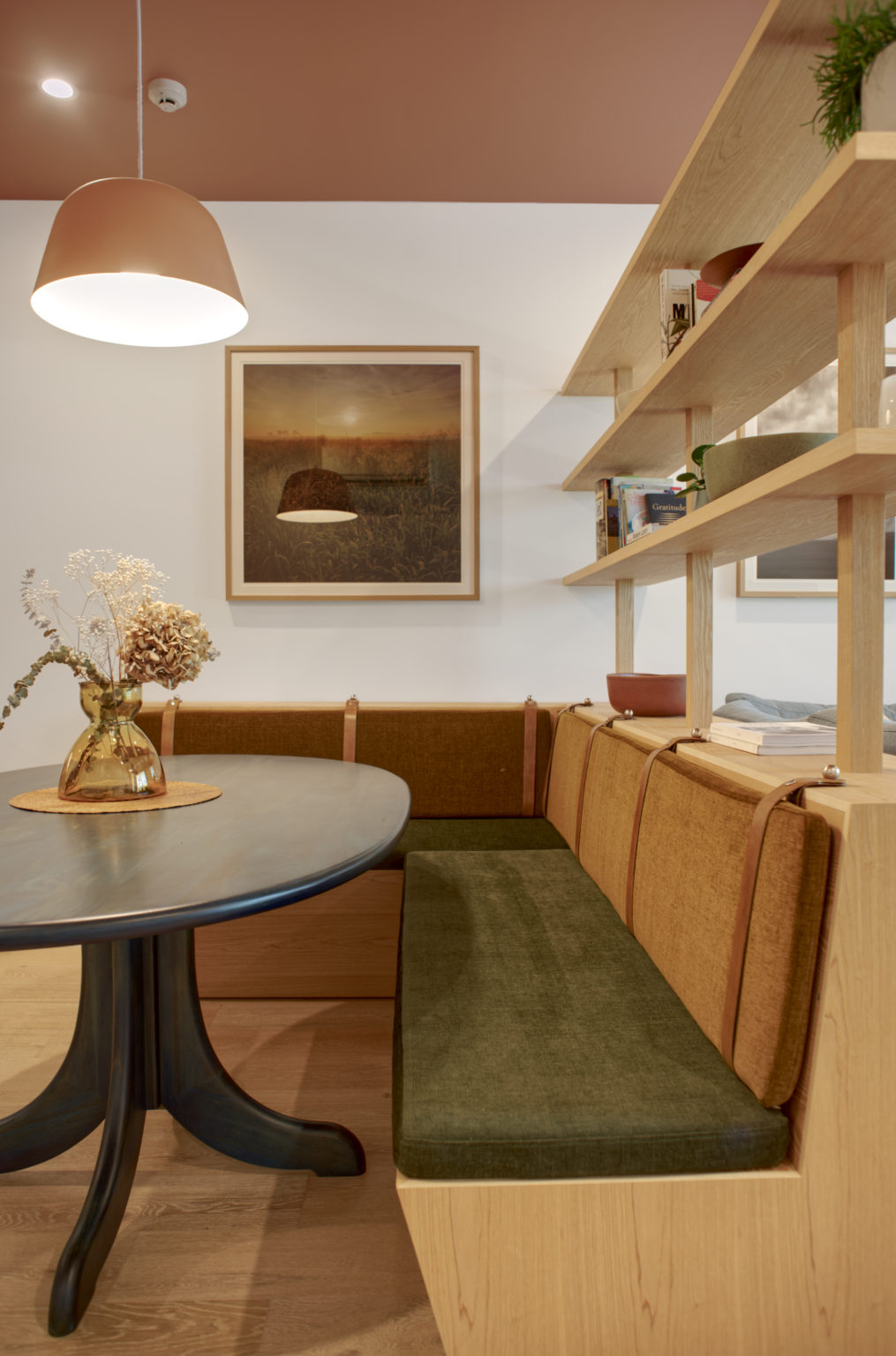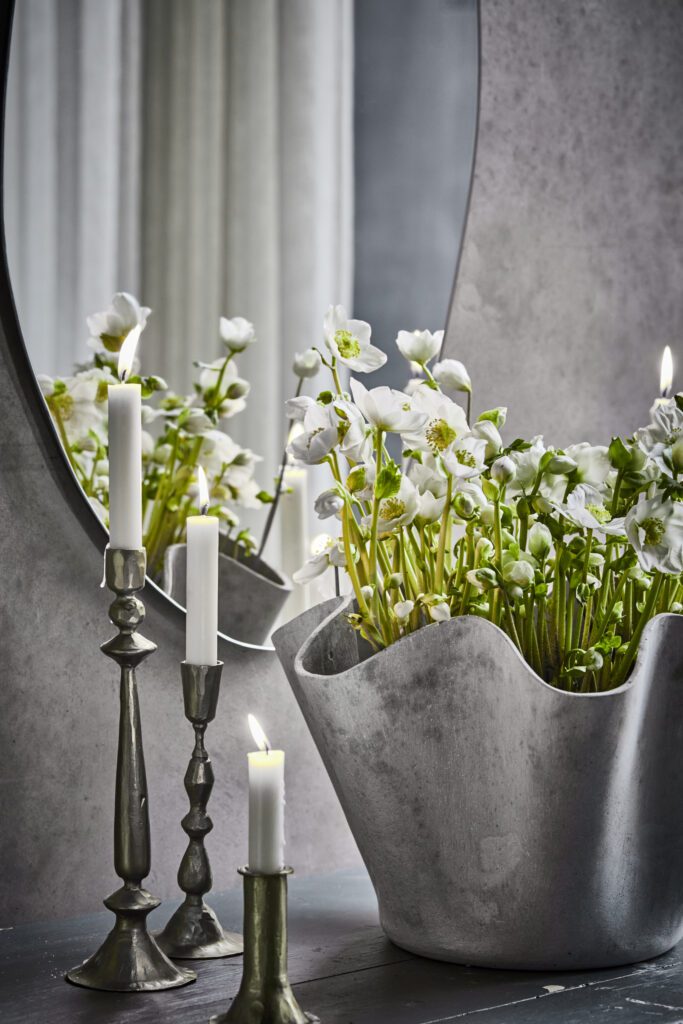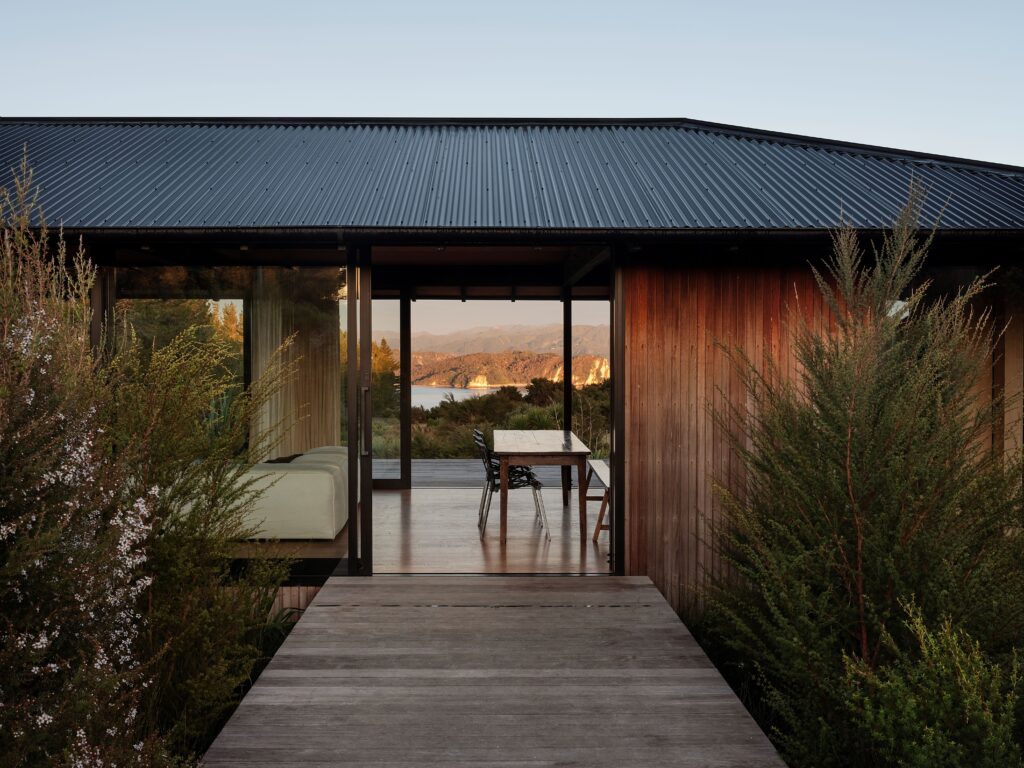Last month Dulux held their annual Colour Awards, a celebration of ambitious and innovative use of colour in the built environment.
The winning projects were selected from a remarkable array of 103 Australian and New Zealand finalists across six categories.
“Not only did we witness some remarkably creative, original projects, but this year we also saw colour strategies that challenged stereotypes, with ambitious programmes and unparalleled impact, across a range of building typologies,” says Dulux colour specialist Davina Harper.
The New Zealand Grand Prix winner, and recipient of a commendation in the Residential Interior category was awarded to Eden View by Pac Studio.

“Eden View’s unwavering commitment to colour sets this practice’s strategy apart. Redefining the potential of a small-scale renovation, Pac Studio has ambitiously designed a scheme to do much more than unite or revitalise an existing home; it has investigated the potential for colour to delineate space, affect mood and define identity,” said the judges.

Within the Residential Interior Category, the judges made special mention of the strong suite of New Zealand finalists; Heron House, also by Pac Studio, Casper’s House by Dessein Parke and Kimirora Apartment by Kanat Studio.
“These projects all demonstrated strong colour use, with unexpected combinations and applications revealing a level of experimentation that only succeeds with creative conviction,” says judge Adam Pustola. “The impact of these interventions surprised and impressed.”
The New Zealand finalists
A moody Coromandel home in monochromatic blue
Surrounded by the dense greenery on Paku Hill, Tairua, Casper’s House is set apart from the familiar New Zealand coastal dwelling with an adventurous play of colour.
The home is the product of a collaboration between Glamuzina Architects and interior designer Dessein Parke; a professional pairing between two firms who are eager to push the envelope in creating a relationship between architecture and colour.

The monochromatic palette of purple and blue offers a contrast to the natural tones of the environment. The home is orientated northeast towards the coast, introducing light through a vast expanse of glazing. Here, the light dramatically oscillates the interior colour.

“Rather than trending towards neutral colours which can open up a space, I wanted to better understand what might happen if we relentlessly closed down a space,” Natalie Parke of Dessein Parke says. “We chose to paint the interior in Dulux Poor Knights, which softens throughout the day; from white to teal. At night, the walls are indistinguishable from the night sky.”
The combined effect of transient light and colour creates a constantly evolving and changing space to inhabit.
A contrast of bold and neutral hues, fit for a city abode
The brief for Kimiora Apartment on Te Atatu Peninsula was to use the original stark white walls as a canvas for something playful without compromising the natural light, which is brought in from either end of the narrow floor plan.

“We chose to use warm tones throughout the home, reusing hero colours and textures in the finer details to create a coherent visual language, but use colour to separate spaces by their function to maximise the sense of space,” says interior designer Kate Pilot.

The ceiling was painted in Dulux Terracotta Chip, a warm and energising burnt orange, to unify the open plan living area. This colour is added to smaller features throughout the space; as a powder coat on the light shade above the dining table, and again on the wall lights of the seating nook.
An experiment of colour within an urban retreat
Despite this home’s central city address, the design was influenced by the traditional New Zealand bach vernacular. The clients spend the majority of their time overseas, therefore this small home was to be a retreat of sorts; a place to relax and recharge.
“The familiar bach engenders a sense of retreat and encourages a shift in mindset. There’s a spirit of fun, simplicity and being together in relaxed ways that can be accomplished in many settings, says Sarosh Mulla of Pac Studio.

“As we shifted the focus from a traditional home to retreat, we were able to be more experimental in colour and space. The colour palette was all about creating an interior that was bold, fun and rich. It’s a small house with a lot of character as a result.”

The living room walls are painted in Dulux Juggernaut, a tranquil, deep blue, which is juxtaposed with a bright yellow kitchen. Painted in Dulux Happy, the kitchen cabinetry creates a central space within the home that feels inviting and fun.




